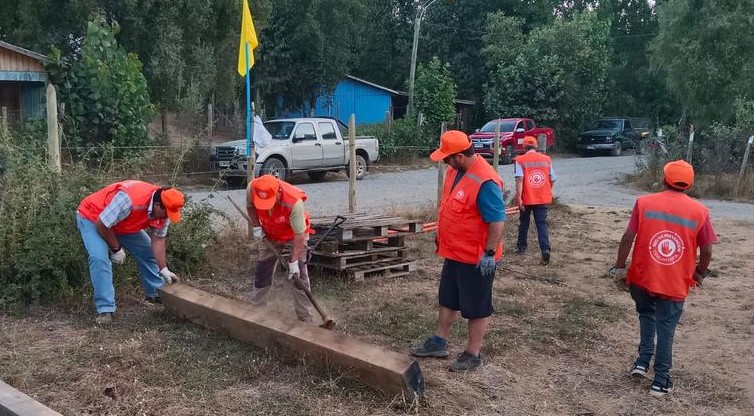Biobío to Receive Funds from the World Bank for Sustainable Forest Management
The World Bank provided US$5 million to Chile for capturing 1.03 tons of carbon from the atmosphere, thereby helping combat global warming.
This is part of the Forest Carbon Partnership Facility (FCPF), which since 2018 has supported pilot programs aimed at establishing efficient systems for carbon credit initiatives.
"This is the first disbursement under the Emissions Reduction Payment Agreement (ERPA) signed between Chile and the FCPF, which provides access to up to US$26 million for reducing 5.2 million tons of emissions," explained Conaf.
The initiative's goal is to ensure compensation for forest restoration and conservation activities that capture carbon from the atmosphere.
Projects like the one mentioned above or the +Forests Project implemented by the Ministry of Agriculture in collaboration with the National Forestry Corporation (Conaf) allow for profits from sustainable land management.
"These countries blessed with natural resources will benefit from carbon markets by generating income through forest protection and more sustainable land use," stated World Bank Group President Ajay Banga.
To achieve this, actions were carried out in Biobío and five other regions of the country: Maule, Ñuble, La Araucanía, Los Ríos, and Los Lagos.
Resources to Enrich the Environment
Locally, the director of the National Forestry Corporation (Conaf) in Biobío, Esteban Krause, detailed the benefits of this policy in the region and how resources are managed.
Although there is no detailed breakdown yet of how the received funds will be distributed, Krause recalled a similar situation.
"A while ago, Chile received approximately $60 million dollars. That is distributed in the region over 6 years for an amount of $7 million dollars, primarily aimed at managing native forests," he said.
Pablo Ejerzo, head of the Ecosystem Conservation Department at Conaf Biobío, highlighted that there are currently two funding sources. The first involves US$7 million from +Forests, which "has been in execution since 2020 and already has a process to define the beneficiaries."
According to Ejerzo, this already has a competitive process. "So far, three calls have been made where different variables are evaluated, such as socioeconomic and environmental factors of the applicants."
However, regarding this new funding—approximately $5 million dollars for the entire country—Conaf Biobío stated that the benefit distribution system has not yet been defined, though they estimate it will likely resemble the +Forests Program model.
The regional director of Conaf added that there are various assistance programs for native forest management in the territory, such as nursery programs, plant production, etc.
"The resources received by the region enrich it and generate local economic activity. Because inputs and fertilizers must be purchased; fencing and other tasks must be done to achieve results," said Esteban Krause.
Similarly, the authority explained that this encourages native forests to be useful for landowners, allowing them to manage them sustainably.
"Managing native forests involves extracting the best specimens while ensuring regeneration, either with planted support or naturally," added the director.
Regarding the amount of funding received, the authority noted that it is directly proportional to the forest area in the territory. "The larger the forest area, the greater the need for enrichment, management, and action," he explained.
"What we must do as a region is take care of what we have and increase native forest coverage. It’s also difficult to say we can match La Araucanía or Los Ríos, as our climatic conditions are different," analyzed Krause.
Source:DiarioConcepcion

















